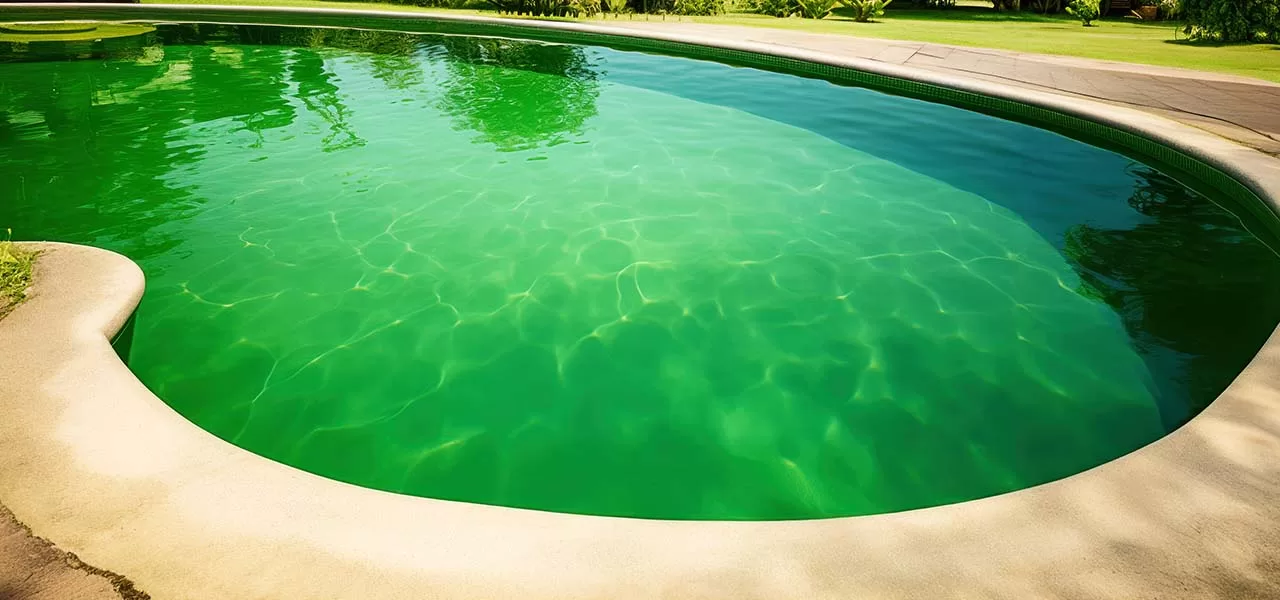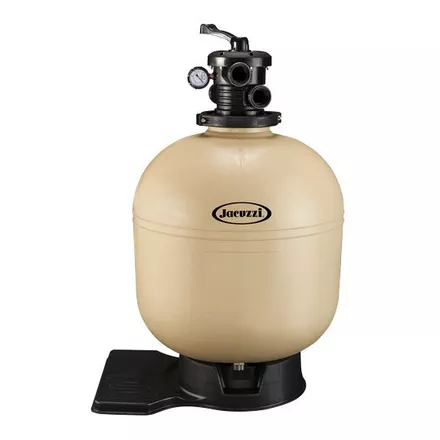FREE Standard Shipping On All Orders $100 or More!*

How to Use Alum Flocculant in Pools
For thousands of years, people have used Aluminum Sulfate, commonly known as "Alum," as a water clarifier. Ancient Egyptian hieroglyphics describe the use of "aluminum earth" and first century Greek and Chinese documents tell of mining and use of alum for clearing water. By the 16th century, Alum was in widespread use across England, for treating municipal water supplies. Its use continues to this day in water treatment facilities, as a flocculant to clear turbid water, and remove phosphates, pathogens and other undesirable particles.
"Floccing" a swimming pool with aluminum sulfate was a popular way to clear extremely cloudy or swampy pools, up until the creation of polymer pool clarifiers. Or perhaps it was the now debunked theory in the 60's and 70's, of a connection between Alzheimer's disease and aluminum. Whatever the cause, bottles of alum have been absent from pool store shelves (including our own), for over 30 years. Alum Floc has been making a quiet comeback however, as a quick way to turn around neglected or abandoned pools, without having to drain the water in the pool. Fully draining vinyl and fiberglass pools is not recommended as it can cause the liner to relax or the fiberglass shell to buckle or shift. Additionally, in regions with water restrictions, authorities often prohibit pool owners from refilling using a garden hose, leading to the necessity of expensive water delivery.
How Does Alum Work in Swimming Pools?
Aluminum Sulfate is a double salt with a strong positive charge. Particulate matter in solution have negative charges. Over the period of several hours, the alum molecule attracts suspended particles. Eventually it grows to a large size and heavy weight, until it slowly sinks to the pool floor. It works best with well balanced pool water, and in water temperatures of at least 70° F. Using alum becomes tricky because you must vacuum the aluminum hydroxide precipitate to waste the following day. Alum is considered a flocculant, because it sinks material to the floor - as opposed to clarifiers, which enlarge particles only slightly, for trapping within your pool filter.
How to Use Alum as a Flocculant in Swimming Pools
- Buy Aluminum Sulfate online, or find at a local garden center.
- Skim, vacuum, and brush the pool to remove large debris.
- Balance pool pH, Alkalinity, Calcium, Chlorine and Cyanuric Acid levels.
- Broadcast 4 lbs of Alum over the pool surface, per 10,000 gallons.
- Put Multiport valve on Recirculate and run pump for 2 hrs; Brush pool.
- Turn pump off for 12-24 hours, or until the Alum settles to the pool floor.
- Place Multiport valve on Waste, and vacuum to waste, the settled Alum.
Notes on Using Alum:
- You must be able to vacuum to waste. Cartridge filters or filters with slide valves don't normally have this option.
- When vacuuming to waste, do it slowly to prevent disturbing the layer, which resembles the consistency of wet toilet paper. Add a hose to the pool to replace water lost to vacuuming to water.
- If you don't have a multiport valve, don't run the pump after adding the alum, as it will clog your filter fast. Use a pool brush instead to create circulation in the pool, and help distribute the alum.
- You can use any kind of Aluminum Sulfate (aka Aluminum Sulphate) - food grade, technical grade, or garden grade - just be sure not to use Ammonium Sulfate, which is a different chemical.
- The dosage of 4 lbs per 10,000 gallons is an average amount. Depending on the amount of solids in the pool, the effective dosage can be 2 lbs to 8 lbs per 10,000 gallons.
- If your pool pump is on a timer, remove the 'ON' tripper, so that the pump won't come on in the morning, and clog your pool filter, or disturb the settled alum.
- If there is algae present, you can add 2-4 lbs of shock per 10,000 gallons, immediately after adding the Alum.
- Alum is most active in warmer water temperatures of 70-80°F but also works in colder water temperatures.
How to Use Alum as a Filter Aid for Sand Filters

In a sand filter, you can temporarily enhance filtration by using alum in small quantities. It should not be used in D.E. (Diatomaceous Earth) or Cartridge filters, as it can clog the small pores of the fabric, and ruin the filter media. Sand filters, however, have large enough spaces between the sand grains, that most of the alum flushes out easily during backwashing. D.E. powder can also be used in small quantities as a filter aid for sand pool filters.
- Balance the chemistry to normal levels.
- Raise chlorine levels to 10% of cyanuric acid levels.
- Backwash the sand filter for an initial cleaning and pressure gauge reading.
- Pour directly into the skimmer, 6 oz. of Alum for each 100 lbs of filter sand.
- Backwash when filter pressure rises 8-10 lbs above the starting pressure.
- Repeat treatment if needed.